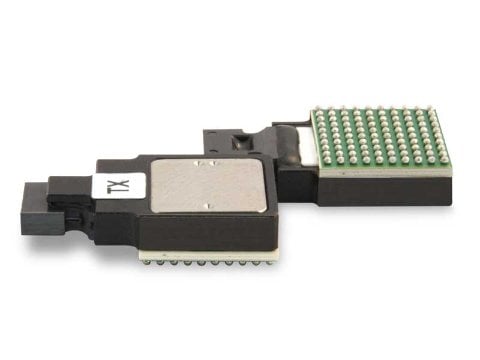In space, high performance components must be able to deliver reliably in the punishing environment. It is optical transceivers that drive transmissions, converting signals to and from a copper-resident format. Fiber optics communications provide high bandwidth and low latency signaling. Signal transmissions through fiber optic cables (FOCs) provide immunity to EM/RFI interference, crosstalk, and voltage level surges. Fiber optics’ accuracy and reliability exceeds traditional cabling. Covering 1,000 feet requires four pounds of FOC versus 39 pounds of copper wiring, and fiber optics also consume less energy than copper. To convert electrical signals from circuitries with copper output to fiber optics, optical fiber transceivers are usually required.





